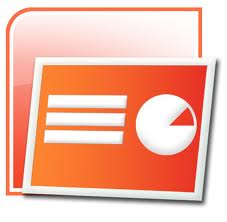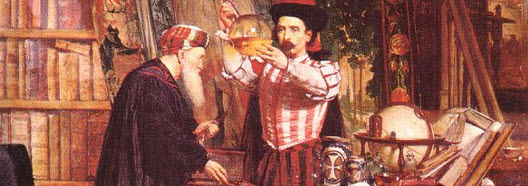The Reproductive System
Biologically, the ultimate goal of any organism is to survive long enough to successfully reproduce and pass its genes onto the next generation. This unit examines the design of both the male and female reproductive system and how they are designed to maximize the probability of a successful fertilization and eventually birth.
Reproductive System Lecture Powerpoint
 |
Purpose: This Powerpoint lecture begins with the male reproductive system, tracing the growth, maturation, and eventual movement of sperm up through the vas deferens. The contributions of each of the three accessory organs to semen are also described. Next, the female reproductive tract is covered, including the menstrual cycle and what happens to the ovum after ovulation. Finally, the changes that occur in both the fetus and mother are outlined during the different trimesters of pregnancy.
Essential Concepts: Reproductive system, testes, scrotum, epididymis, vas deferens, prostate, bulbourethral glands, seminal vesicles, spermatozoa, semen, ova, oocytes, meiosis, ovaries, fallopian tubes, uterus, cervix, vagina, menstrual cycle, pregnancy, childbirth.
Reproductive System Student Notes Outline
Purpose: Taking efficient notes can be a big challenge for many students, especially when working from a Powerpoint lecture. This outline gives students a means to take notes that guides them toward important concepts and avoids the pitfalls of writing word-for-word or simply not taking notes at all. The outline lays out each of the key concepts, ideas, and blank diagrams that students are expected to learn. They fill in the missing details as the lecture proceeds.
Essential Concepts: Reproductive system, testes, scrotum, epididymis, vas deferens, prostate, bulbourethral glands, seminal vesicles, spermatozoa, semen, ovaries, fallopian tubes, uterus, cervix, vagina, menstrual cycle, pregnancy, childbirth.
Anatomy For Beginners - Reproduction System
Purpose: This episode of Anatomy for Beginners explores both the male and female anatomy up close. First, Dr. von Hagans dissects out the testes, even cutting them open at one point to show the seminferous tubules. Next, he traces the vas deferens up to the inguinal canal, where it crosses into the pelvic cavity. Finally, he removes the cavity from the specimen to show the different accessory organs. Similarly in the female, the entire tract is revealed, from the vagina up through the uterus and eventually the ovaries.
Essential Concepts: Reproductive system, testes, seminiferous tubules, epididymis, vas deferens, prostate, seminal vesicles, penis, corpora cavernosum, urethra, vagina, uterus, fallopian tubes, ovaries.
National Geographic Inside the Womb - Multiples Worksheet
Purpose: The Inside the Womb series by National Geographic follows the development of a new embryo through birth. This documentary specializes in twins, triplets, and quadruplets -- how they are conceived, how the uterus accomodates them, and what determines whether they can be born naturally or through Caesarean section. The use of 4D scanning also enables the viewer to see how the fetuses interact with each other while they are in utero.
Essential Concepts: Reproductive system, fertilization, twins, triplets, quadruplets, pregnancy, childbirth.
Reproductive System Study Guide
Purpose: This study guide is a condensed listing of the major vocabulary words from this chapter, along with a set of practice questions and diagrams similar to what might be on a written test. The questions and vocabulary are roughly written in the same order as they appear in the lecture.
Essential Concepts: Reproductive system, testes, scrotum, epididymis, vas deferens, prostate, bulbourethral glands, seminal vesicles, spermatozoa, semen, ovaries, fallopian tubes, uterus, cervix, vagina, menstrual cycle, pregnancy, childbirth.
